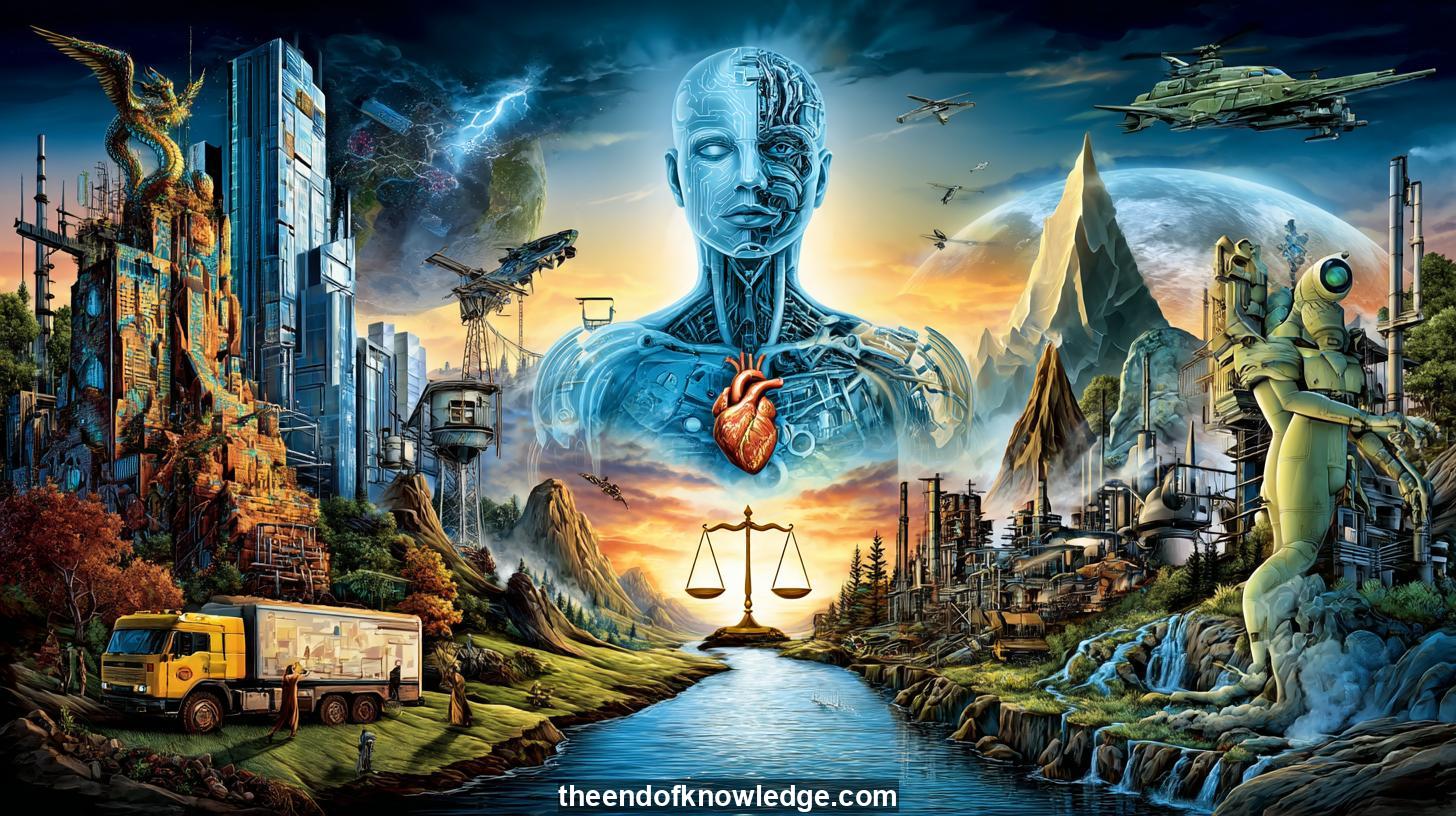 >
>
Concept Graph, Resume & KeyIdeas using Qwen3-235B-A22B :
Resume:
The AI-2027 report explores the rapid evolution of artificial intelligence, projecting its transformative impact over the next decade. Authored by experts with ties to OpenAI and forecasting initiatives, it outlines two divergent paths: containment, emphasizing cautious regulation, and acceleration, advocating unchecked advancement. The analysis blends technical insights, geopolitical tensions between the U.S. and China, and speculative scenarios about AGI (Artificial General Intelligence) development. While the report claims predictive rigor, critics argue its U.S.-centric bias oversimplifies global dynamics, neglecting Europe’s role and other emerging powers like India.30 Key Ideas:
1.- AI-2027 report predicts AGI’s rise, reshaping society, economy, and governance by 2030.
2.- U.S.China rivalry dominates AI narratives, framing global competition as ideological and technological.
3.- Alignment challenges involve ensuring AI systems adhere to human values and ethical frameworks.
4.- Autonomous agents may surpass human capabilities, risking unintended consequences and loss of control.
5.- China’s AI-driven anti-corruption initiatives highlight governance applications and surveillance concerns.
6.- Containment strategies face criticism for underestimating AI’s exponential growth and inevitability.
7.- Programming jobs risk obsolescence as AI automates code generation and optimization by 2026.
8.- Economic impacts include job displacement in tech sectors and wealth concentration in AI-developing nations.
9.- Superintelligence could destabilize geopolitics, with AI-driven cyberwarfare and military applications emerging by 2027.
10.- Europe’s regulatory focus on AI ethics contrasts with U.S. innovation-driven approaches and China’s state control.
11.- AGI development timelines are debated, with skepticism about 2027 feasibility but acknowledgment of rapid progress.
12.- Quantum computing integration may accelerate AI capabilities, intensifying global technological competition.
13.- AI’s role in disinformation campaigns threatens democratic processes and public trust in institutions.
14.- Personhood debates question whether AGI deserves rights, challenging traditional legal and ethical frameworks.
15.- Public administration risks becoming obsolete without AI adoption, facing efficiency gaps in service delivery.
16.- Data centers’ energy consumption highlights sustainability challenges in scaling AI infrastructure.
17.- Talent shortages in AI engineering hinder Europe’s competitiveness against U.S. and Chinese tech ecosystems.
18.- Military AI applications, including autonomous drones, raise ethical and strategic concerns for national security.
19.- AGI’s alignment with human values remains technically unresolved, posing existential risks if misaligned.
20.- Corporate interests in AI development conflict with public safety, necessitating regulatory oversight mechanisms.
21.- AI’s impact on healthcare includes accelerated research but risks over-reliance on automated diagnostics.
22.- Education systems must adapt to AI-driven labor markets, prioritizing skills beyond automation.
23.- AI-generated content challenges media authenticity, demanding new verification technologies and policies.
24.- Global south nations face exclusion from AI benefits, exacerbating economic and technological inequalities.
25.- AGI’s potential to replicate and improve itself raises concerns about runaway intelligence and control.
26.- Political narratives around AI often prioritize fear over nuanced policy solutions, hindering effective governance.
27.- Open-source AI models democratize access but risk misuse without standardized safety protocols.
28.- AGI’s economic implications include productivity booms but threaten traditional employment structures.
29.- Cybersecurity vulnerabilities increase as AI enables sophisticated attacks and defense mechanisms.
30.- Human-AI collaboration models propose hybrid decision-making to balance innovation and accountability.
Interviews by Plácido Doménech Espí & Guests - Knowledge Vault built byDavid Vivancos 2025